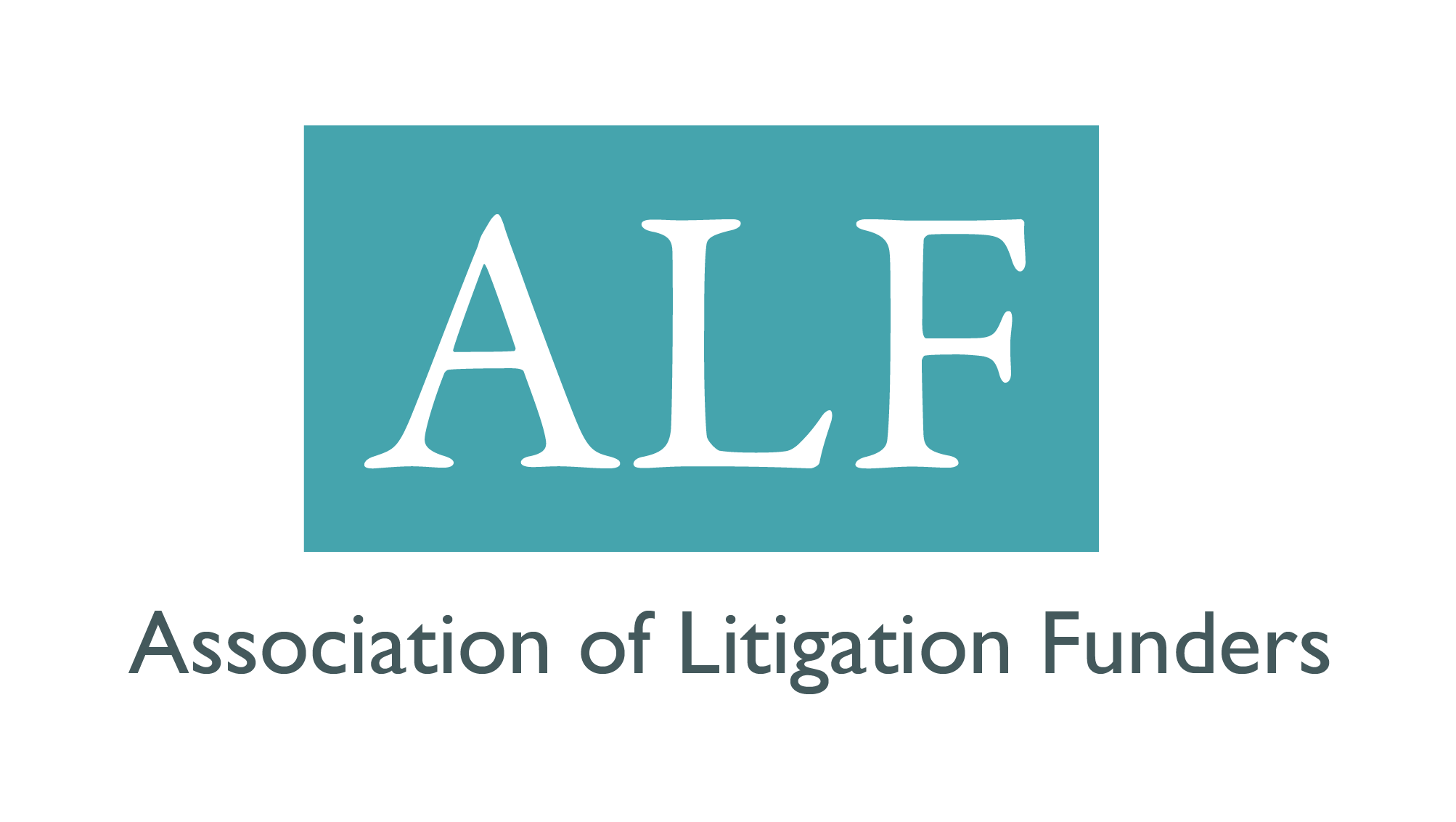2018 could well be labelled the year of the litigation funder with key players announcing record profits and proclaiming the impact the market has had on how high value disputes are pursued. Below the trumpets of the funding market, however, you’ll also hear the drum roll of litigation insurance gathering volume.
With so much going on, it can be difficult to keep track, so we’ve put together this summary of the key trends and developments of 2018.
The acceptance and expansion of litigation funding as a means of paying for legal fees on a global stage
2018 has seen the increased use of litigation funding in mature markets such as Australia, the US and the UK, with the big funders announcing record profits and much talk of flotations and fund raisers not just amongst the funding community but also from some law firms seeking to gain a piece of the pie.
The market has seen rapid development in new jurisdictions such as Singapore and Hong Kong, where the prohibition of the use of third party funding in arbitrations has been lifted, and Dubai, where many forecast future growth.
The ICCA-Queen Mary Task Force released its long-awaited Report on Third-Party Funding in International Arbitration with the intention of providing a reference manual that facilitates further understanding of funding and addresses common issues that may arise. The Task Force consisted of over 50 leading experts including TheJudge’s own James Blick. Click here to read more about the ICCA Report on Third Party Funding in International Arbitration.
Increased focus on the importance of understanding the key fee objective when managing the cost of a dispute and tailoring the solution to match
Whilst third party funding is an excellent (and sometimes the only) choice for claimants needing assistance with the ongoing payment of their legal fees, 2018 has seen a dramatic increase in the awareness and use of litigation insurance as a cost-effective alternative to managing or removing risk where cashflow is not the main concern. Click here to read more about the options on hand to assist claimants in managing the cost of their dispute.
Law firms are increasingly putting themselves in the place of the client as the funded or insured party
As the legal community gains comfort in the concept of treating a dispute as an asset, lawyers are more inclined to think that, if a case is ripe for funding, it flows that it’s also suitable for a DBA or CFA. Yet taking the full fee risk on a case is a big ask when often a law firm’s natural inclination is to be conservative about risk. Following TheJudge’s launch of WIP insurance in June 2017, we have seen a significant increase in the number of law firms utilizing WIP insurance to reduce the firm’s fee risk to an acceptable level whilst enabling it to retain the lion’s share of potentially significant success fees. This approach has the additional benefits of attracting new business and removing the need for the funder or insurer to be involved in the relationship with the client. Click here to read more about how law firms are increasing their fee realisation through the use of WIP insurance.
Constant innovation to meet the specific needs of the law firm and their client
Whilst it is possible to commoditise some funding and insurance products, particularly where there is repeat business of homogenous cases, for the most part, the market is moving towards a far more tailored approach. Each case, or portfolio of cases, contains nuances that require a different blend of funding and insurance solutions. Understanding market dynamics, when to use funding, when to use insurance and how both can be combined is key to structuring the most appropriate arrangement on the best terms.
One visible trend in this respect is the willingness by financiers to provide funding for a variety of purposes other than legal fees. An increasing number are now providing recourse and non-recourse working capital for general operating purposes by essentially monetizing a portion of an actual or prospective award. Click here to read more.
Adverse costs cover is back in fashion
Adverse costs cover is experiencing a revival, largely fueled by many of the large banking and competition disputes as well as greater cost budget management by commercial claimants.
Click here to read more about adverse costs insurance.
2018 has seen a series of judgments in England and Wales commenting on the use of adverse costs cover as a means of staving off or defeating a security for costs application as well as a rise in the use of deeds of indemnity amid mounting challenges to policy wordings by defendants.
Click here to read more about the use of adverse costs insurance in security for costs scenarios.
As a further boost for the adverse costs insurance market, the Government announced that, whilst it will now commence s44 of LASPO in relation to defamation and privacy cases, parties to such a claim will continue to be able to recover adverse costs insurance premiums for the foreseeable future. Click here to read more on this topic.
Portfolios: they’re the talk of the town but is it all just noise?
We’ve heard so much about portfolio arrangements over the past year that you’d be forgiven for thinking that they are the new norm. Whilst some law firms may choose to enter into an arrangement that captures a defined portion of their commercial disputes, this approach is unlikely to work for everyone and most will continue to access the market on a case-by-case basis. Whether your firm should enter into a portfolio arrangement is a big decision and tailoring an agreement that really works for you requires careful consideration of all the options available. Click here to read more on this topic.
Defence solutions: workable products or just a conversation starter?
Whilst most funding and insurance products have been designed with the claimant in mind, this year several funders have sought to tailor their solutions to defence situations. There is no doubt that it is far more difficult to create a product that can work for a defence scenario. Articulating a workable definition of success can certainly be challenging and, in the absence of damages, it is sometimes difficult to see how the success fee will be paid. The cynics amongst us might wonder whether the talk of defence solutions is just a hook to attract lawyers and businesses that also have the potential to bring claimant cases. It will be interesting to see how many defence cases the market actually caters for in 2019. Click here to read more on funding and insurance for defence matters.
The growth of the market means it is vital to really know your broker, insurer and funder
The past year has seen several new market entrants with many purporting to be experienced funders or brokers. Scratch below the surface, however, and it quickly becomes apparent that these entities are often little more than one-man bands operating using city postbox addresses, potentially unlicensed (if a broker) or under-capitalized (if a funder), with limited direct experience. Yet they hold themselves out to be credible parties for international law firms to introduce to their clients. Choosing your broker, funder or insurer partner should be subject to scrutiny. Ultimately, it’s in the legal community’s collective interest to ensure the litigation finance and insurance market continues to develop in a sustainable and credible manner. Identifying rogue elements can be difficult, but red flags often exist if you take the time to dig a little deeper.
Final thought
So as 2018 draws to a close, there can be no doubt that it has been a successful year for the litigation funding and insurance market. What was considered to be an immature market only a few years ago is now a thriving industry with increasing levels of sophistication and professionalism. Indeed, many a lawyer has quit the traditional partner path in 2018 to forge a new career in an industry that is increasingly likely to bring about a paradigm shift in the dispute resolution landscape. With change comes uncertainty, however, and keeping up with the developments and understanding the nuances of this fast-moving market is a full-time job. This is where we come in.
How we can help
At TheJudge we sit beside you, relieving the cost and removing the time burden of obtaining litigation funding and ATE insurance. But, more than this, we find innovative ways for you to attract new clients through the use of alternative fee arrangements that increase your fee realisation and profitability. Our value to you lies in our hands on and bespoke approach. Our overarching view of both the funding and insurance markets enables us to quickly identify the most commercial options whilst our position as the largest specialist broker in this arena gives us significant leverage when negotiating terms.
This article first appeared on Practical Law Dispute Resolution Blog on 19 December 2018.

Director of Business Development
+44 (0) 203 965 5333
Email Verity here






